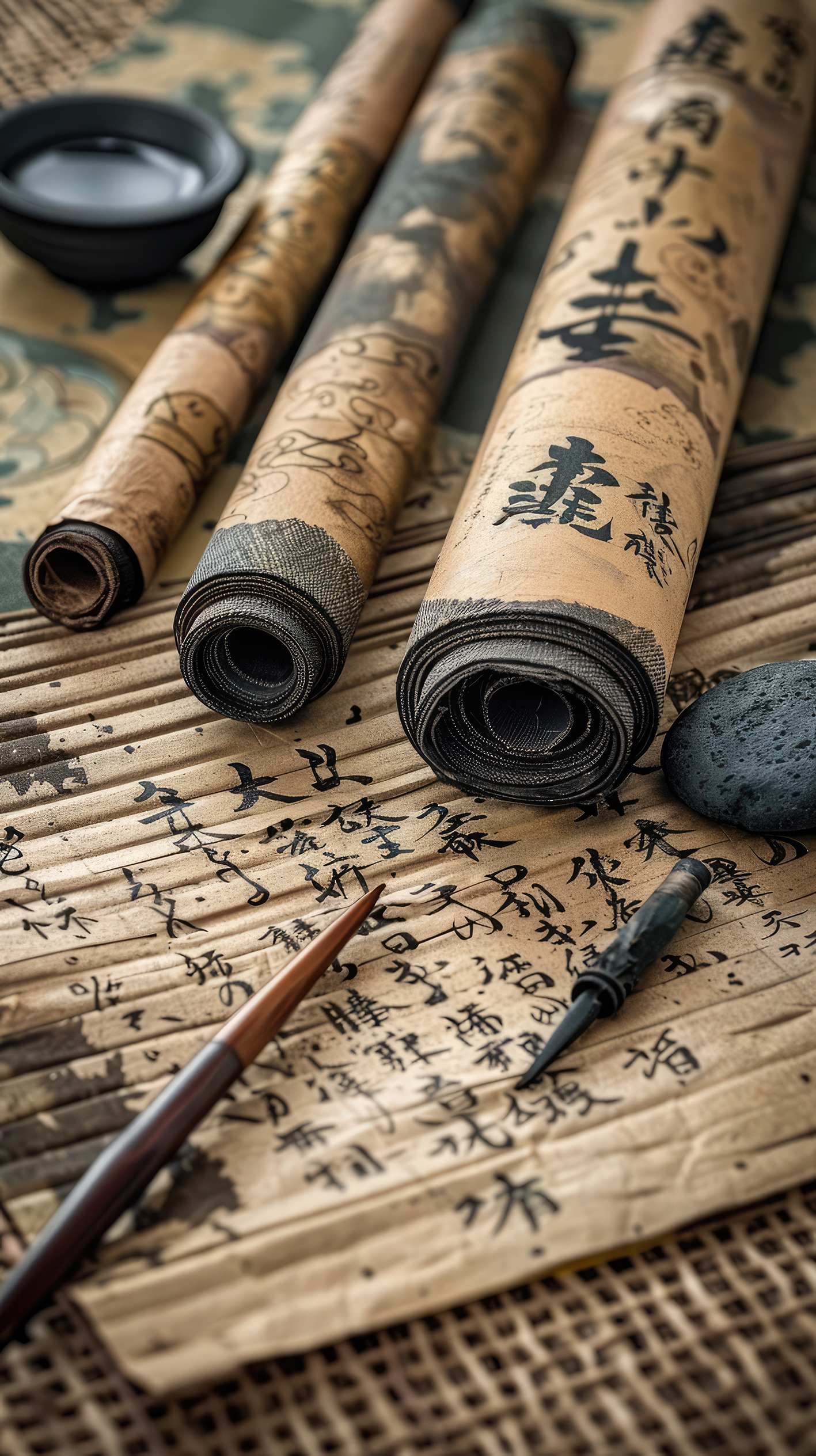14/11/2025

Mandarin Chinese can be intimidating. Its system ofwriting seems complex, even inaccessible. However, it is often enough to Know the Good Chinese characters to unlock language comprehension. With only 50 basic characters, you can already read a large part of everyday texts.
That's what he's offering Mandarin Master, a simple, effective and progressive method for learning to speak Chinese using the most frequent words. Here's how.
The system OfChinese script is based on Sinograms that have evolved over the centuries. Ce system unique has stood the test of time by maintaining its graphic richness while adapting to modern communication needs. Since ancient times, several forms ofwritings coexisted in china, such as seal scripts, cursive scripts, or official scripts. From the 20th century, a simplification was introduced to modernize the system, mainly in mainland China. At the same time, regions like taiwan have chosen to keep the traditional forms. Each Character is built according to a order of rigorous traits, sometimes combining a phonetic element And a semantic element, which reflects logic phonetics many characters compounds. The system used at taiwan still favors traditional characters today for their cultural richness and usage academic, while in China, the simplified version remains dominant inusage current.
One Chinese character (By the way, hànzì), also called Sinogram, is a unit of meaning. Unlike alphabetic languages, Chinese does not use letters. Each sinogram represents either a word or a part of a word, and has a pronunciation clean.
Example:
Sinograms are not only used in china. They are also found in others country Asians like Japan (Japanese kanji) or Korea (formerly in the Hanja system). Their origin dates back over 3,000 years, making it one of the oldest writing systems still in use. Their pronunciation may vary from country to country, but their visual base remains stable.
There are several character categories In the language Chinese. Not all were created the same way. This classification is essential to understand their style, their training and their usage.
These are the oldest sinograms, dating back to several centuries. They represent concrete objects.
They express abstract ideas using symbols.
They combine several elements or more to create new meaning. They are characters compounds built on meaning.
They represent approximately 80% of Chinese characters. They combined a element From meaning (radical) to one element of sound (phonetic). These characters are also compounds according to the rules of decomposition accurate.
These forms have evolved over the centuries, giving rise to variations according to regions, eras and writing systems.

Today, there are several forms of the same sinogram according to the country or the period. Three systems coexist:
Example:
MandarinMaster helps you recognize these differences variations, while focusing on the shapes that are most useful for beginners.
Each character follows a substructure well-defined, composed of components conscripts wrenches or radicals.
One radical often gives an indication of the meaning of the sinogram. There are about 200 radicals used inChinese script.
Examples:
Characters can be arranged according to different styles :
Learn to recognize these components makes it easier to remember and analyze new characters, especially when you understand their decomposition in elements simple.
The symbols must be drawn in a specific order. This improves fluidity, readability, and visual memory.
Basic rules:
Each sinogram occupies an imaginary square. Sa substructure must remain balanced regardless of style of calligraphy or handwriting used.
The Mandarin Chinese has thousands of characters, but the good news is that you don't need to know all of them to start reading. In fact, a roster Reduced is enough: the 50 most used characters cover around 80% of current texts.
Learning these Chinese characters first means getting straight to the point:
It is the ideal starting point to progress quickly, with confidence, and to lay a solid foundation.
MandarinMaster tip: Find this roster interactive in the app, with Pinyin, native audio, quizzes and flashcards.

Sinograms are omnipresent in life in China and in others country Asians:
Each Chinese character is a piece of a linguistic puzzle. Understand their origin, their structure, their pronunciation And their style brings you closer to an authentic understanding of Mandarin. These elements are as many data languages to integrate into your learning.

Some sinograms like or are grammatical particles. They do not always translate literally but are essential.
Use simple sentences, everyday vocabulary, and Pinyin to visually associate the character, its pronunciation and its meaning.
The ideal is to use tools from Spaced revision (SRS), like those offered by MandarinMaster, to memorize durably. The app is based on data of learning to target the most effective moments to review each character.
Focusing on the first 50 characters means:
Starting with a roster Clearly, you avoid cognitive overload and facilitate your learning step by step. You master the decomposition Of the most characters compounds methodically.
MandarinMaster is an application designed for beginners. She makes thelearning intuitive sinograms, thanks to a progressive approach.
What you will find there:
Understand theChinese script starts with the right choices. Choose the The most common Chinese characters, teach them origin, master their style, their pronunciation, and anticipate their variationsis about building a solid and sustainable base.
🎯 Join Mandarin Master today and make each sinogram a step towards mastering Mandarin.